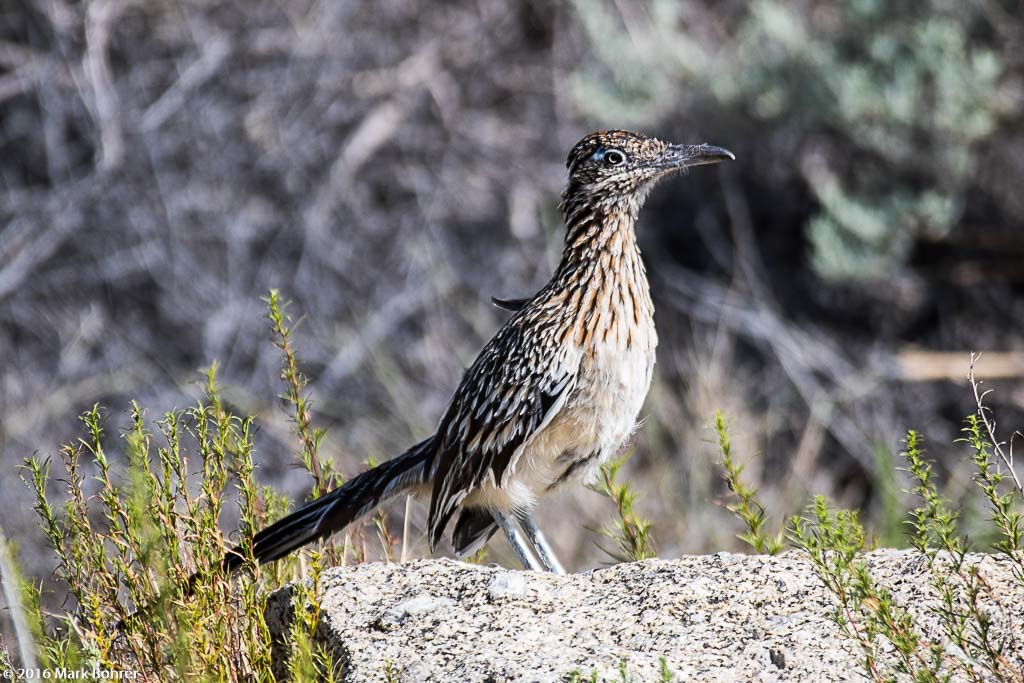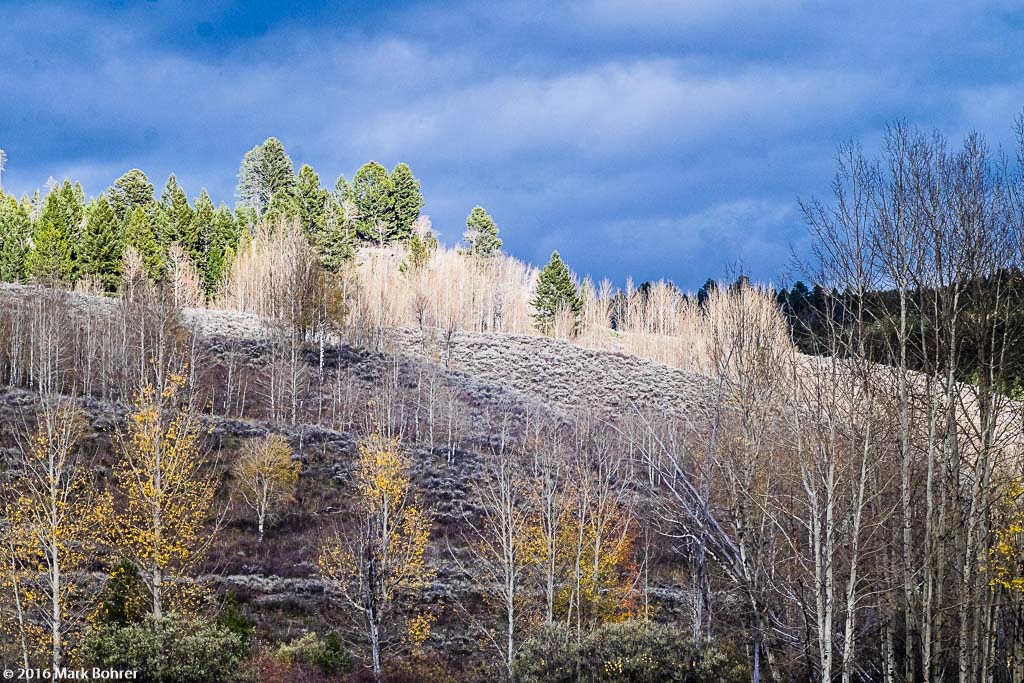|
The Best Lens May Be Manual Focus Only Yes, you read that right. There are many times when autofocus doesn’t cut it, particularly when you want to travel light or it’s dark. And there are some superb, low-bucks manual-focus lenses still out there from Canon, Nikon, Cosina / Voightlander, Zeiss, Leica, and others. Canon’s L-series FD lenses feature advanced glass types and great optical correction, yielding exceptional image quality in robust metal construction you can beat the crap out of.  Greater roadrunner, Albuquerque, New Mexico Canon FD 100-300mm f/5.6L at 300mm and f/5.6 One of my favorite Leica lenses is a 1960s-era 135mm f/4 Elmar. Another metal lens, it was just $140 on ebay, and gives very sharp, contrasty images. Its long-throw focusing ring makes focusing easier too.  Pronghorn and trash, Wyoming Leica/Leitz 135mm f/4 Elmar at f/11 And there are also some great mirrorless cameras out there. The right adapter puts any of those lightweight and inexpensive manual focus lenses on many of them. Peak It For Easier Focusing Many mirrorless cameras now have focus peaking, which outlines sharply-focused edges in red, white, or blue (patriotic for many, and easy to see). So how do you avoid missing focus with any of those manual lenses? Long Lenses Are Easier – But 300mm Or Less Longer lenses have very narrow depth of field at their maximum aperture. This can make it much easier to see what’s sharp. But it also means any camera movement will make it tougher to focus exactly, and blur the shot. I don’t try to hand-hold and manually focus anything longer than 300mm, since I can’t be even close to steady enough with anything longer.  Previsualize – Then March The Red Into Their Eyes I usually previsualize my subject and the way it fits into the frame. I also pre-set an ISO high enough for a 1/1000 or faster speed with that 100-300mm lens at max aperture, which I use the lens at most of the time. I’ll shoot wildlife portraits and other relatively static subjects at 300mm, since I’m not very good at manual focus-tracking. With focus peaking and a long lens with narrow depth of field, you can see outlined sharp highlights marching toward you or away as you turn the focusing ring. In red, it’s quite evident. Then I focus on the most important detail, usually a wildlife subject’s eye. I usually look for sharp highlights around the eye, since the eye itself may lack highlights. I’ll recompose, take the shot, and focus again for another shot. Stop Down If You’re Unsure, But… I may also stop down the lens and shoot again if I’m less certain about focus. With an FD 100-300mm f/5.6L lens on a Kipon adapter, I can simply turn the adapter ring from ‘Lock’ to ‘Open’ to go from maximum to a pre-set stopped-down aperture. I’ll double-check sharp focus stopped-down, but larger depth of field makes it difficult to tell when I hit it.  Too much depth of field Canon FD 100-300mm f/5.6L at 300mm and f/16 Watch for background distractions becoming sharp when you stop down. If they’re close enough to your subject, they can steal attention from it. Your best shot may be at max aperture. Some telephoto lenses and long zooms allow focus beyond infinity to allow for focus shifts with temperature. With these lenses, just turning the focusing ring to its maximum stop is no guarantee of infinity focus. You’ll need to look at the distance scale to preset to infinity, and then avoid moving the focusing ring.  Fall in the Tetons, Wyoming Leica 35mm f/2 Summicron-M ASPH Wideangles Are Tough Even wide-open at f/2, lenses 35mm and shorter can have lots of depth of field. You may no longer clearly see the marching highlights as you turn the focusing ring. The shortest focal length I’ll use with my Fuji X-E2 is a Zeiss 25mm f/2.8 Biogon T* ZM. Even then, focusing is a crapshoot. A short lens’ engraved distance scale is a good double-check if focus peaking isn’t accurate enough. Of course, focusing short lenses is no problem if your subject is at infinity.  Somewhere over the Midwest Zeiss 25mm f/2.8 Biogon T* ZM When I use a wideangle in manual focus I either have just the X-E2 camera and lenses with me, or I’m using a rangefinder Leica camera to focus it precisely. I’ll scale-focus a wideangle 21mm or shorter, but I try to use them with my Leica instead. Shot Notes I shot all pictures in this post with a Fuji X-E2 camera. I use Fuji’s own Leica M mount adapter with Leica-mount lenses. It has no problems with precise lens distance from the sensor edge-to-edge, as some cheaper adapters may – this can result in lack of sharpness across the picture. Because they’re compact and light, I most often have the Fuji and four manual-focus lenses with me in a Think Tank Speed Demon v2.0 case. As I was told often as a kid, the best camera is the one you have with you. |
 |
(408) 483-3782
Curious about how to shoot ruins?(408) 483-3782

Recent Comments